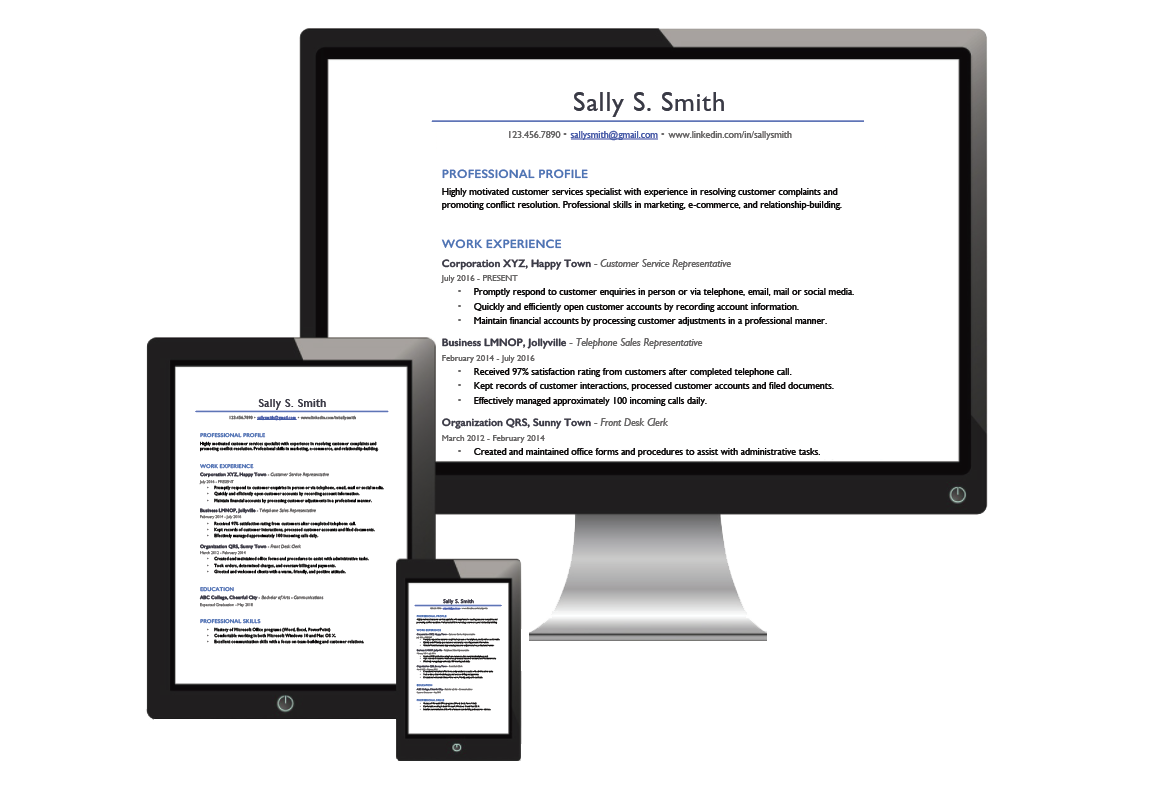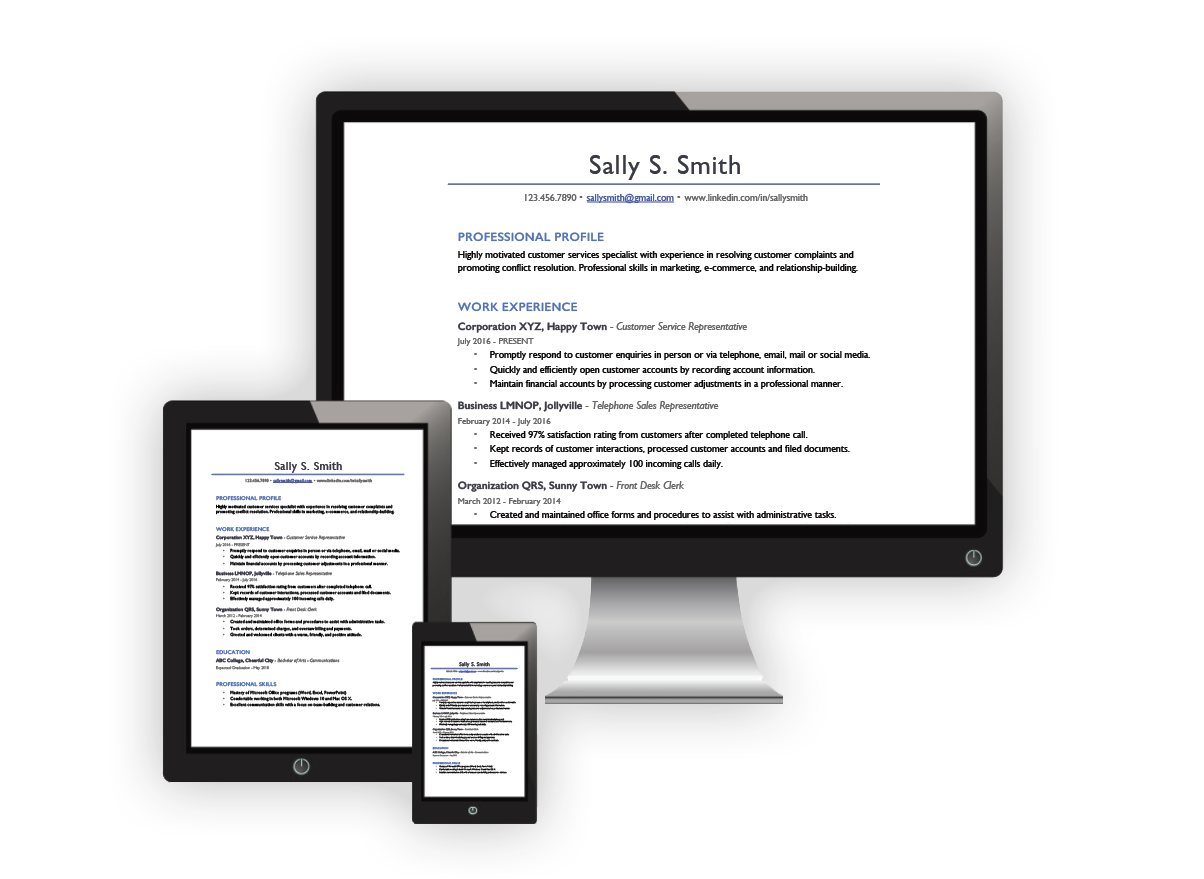Are you looking to make a career change and wondering how to make it as painless as possible? Or maybe you’ve already decided that a career transition is right for you, you just don’t know where to start!
If this sounds like you, tune in because today, you’ll learn 5 simple strategies to help you make a career change that is smooth and effective.
The 6-Second Resume

Your resume is one of the most important documents you’ll create in your lifetime. Download your free resume template to land that one important interview!
Making a career transition can be a scary thing. Especially if you’ve been in one industry for a very long time. The good news is that if you’re ready for something new there are ways to do it without starting all over again.
Before we jump into my 5 strategies for making a career change, remember that a career switch is different than a job switch. You might find that all you need is a job switch.
Let’s dive in deeper!
Step #1 – Evaluate Your Current Situation
Is a career move something you really want or are you just unhappy in your current position?
If you find that you enjoy what you do, but perhaps you don’t enjoy the work environment, consider finding a position in the same field, just with a new employer.
This gives you the chance to put yourself in a more positive work environment with fresh new energy.
You might also want to consider a partial career change. This is a related position with a similar skill set and knowledge base.
An example of this would be moving from a financial analyst position into an insurance underwriter or moving from a multimedia artist to a graphic designer.
Step #2 – Conduct a Self-Assessment
This will help you narrow in on the type of position(s) that fit you best and help you pinpoint what you are good at. You’ll also gain greater insight into who you are as a person.
Take a few minutes to think about…
What gets you out of bed in the morning?
What do you love to do?
What are you passionate about?
What would you do for free?
What creates that burning fire inside of you?
You’ll also want to list your unique strengths and spend time thinking about the life experiences you’ve really enjoyed and the life experiences you haven’t enjoyed.
Another thing you can do is ask others that you trust most, what they think you’re good at.
And don’t underestimate the power of a personality test. One of my favorites (and it’s free) is 16personalities.com
Step # 3 – Do Your Research
Conduct informational interviews with others in the career field you’d like to be in. Ask them what they like best about their position. What are some of the unique projects they get to work on? What don’t they like about the position?
Also, take a look at the Bureau of Labor Statistics. You can find out just about anything you need to know about a specific position. Such as the median pay, education level required, job outlook and work environment.
Once you’ve conducted your research, evaluate the types of skills or knowledge you need to acquire to obtain the position. Really evaluate if it’s going to be worth your time and money to make the switch.
Step #4 – Make a Plan and Start Networking
Start by revamping your career documents (your resume, cover letter and LinkedIn profile). Tailor each item to reflect the new career you want to transition into.
Next, emphasize your transferable skills. These are skills you’ve developed in the past that you can transfer to the new industry or position. Skills like teamwork, flexibility, drive, innovation, communication and analytical skills.
Finally, highlight your superior performance. Consider how you succeeded in your previous roles and how you would add value in this new position.
Step #5 – Take Action & Do The Impossible
Connect with people who have your desired job title and with people who are in the field you’d like to be in. An easy way to do this is to send a customized message on LinkedIn. You could say something like:
“Hi there Sally Sue! We’ve net met in person, but I noticed that you are currently working at company XYZ. I’m very impressed with your experience and would love the opportunity to find out how you got to where you are today Would you mind if we connect on LinkedIn?”
Expressing your passion for the industry and position will go a long way.
Find groups and associates online and in person in the field you’d like to go into and join them. This type of networking is one of the most powerful forms of job placements.
In fact, it’s been reported that 85% of all jobs are filled via networking or referrals. The reason being is that it costs less, is faster, lowers the turnover rate and produces an overall higher quality employee.
The 6-Second Resume

Your resume is one of the most important documents you’ll create in your lifetime. Download your free resume template to land that one important interview!

The 6 Second Resume
Enter your name and email address to gain instant access to your free resume template. Your next job is on its way!